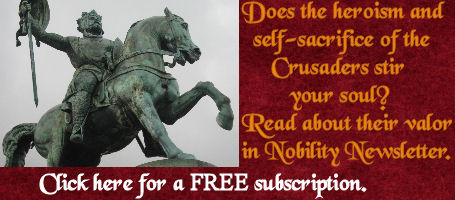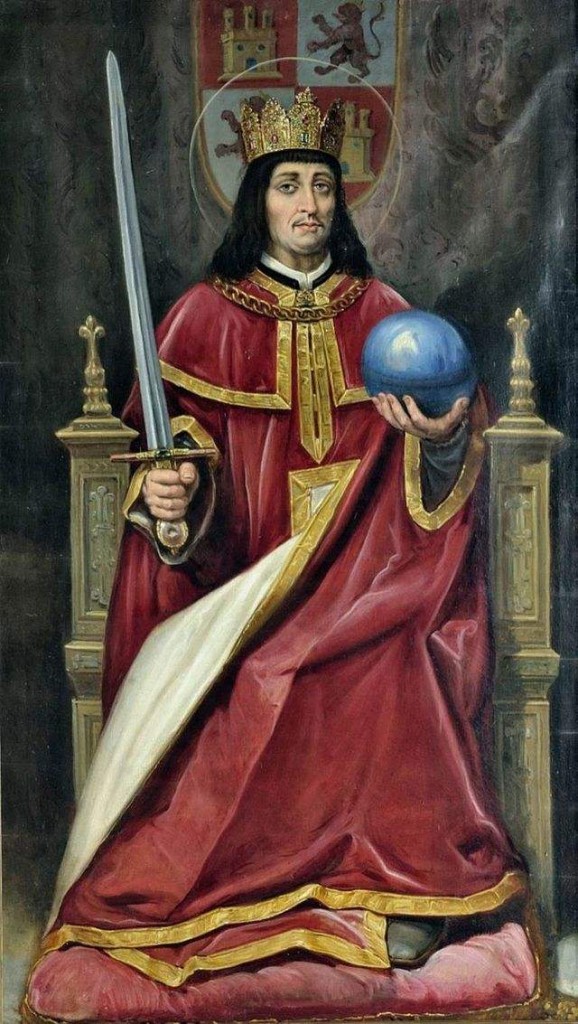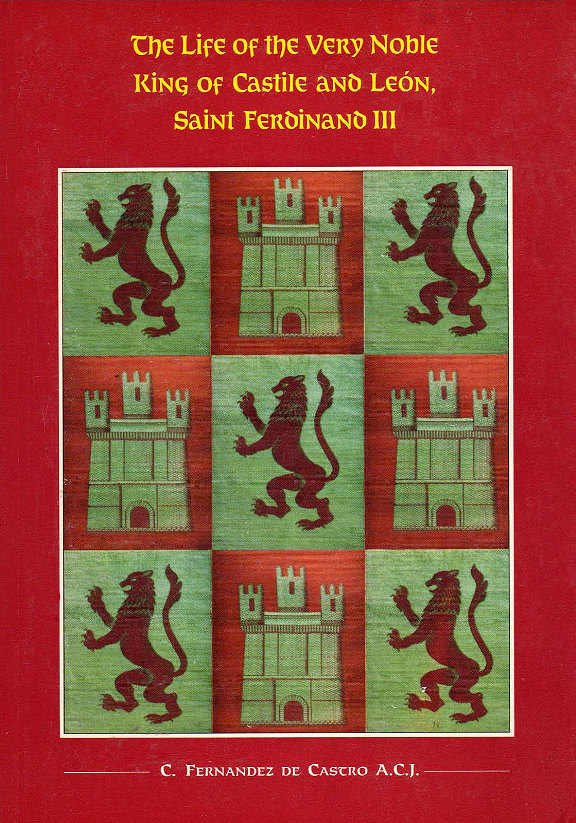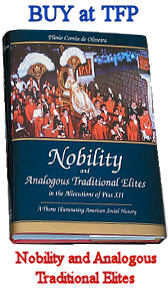The men with the most authority and wisdom in Valladolid then assembled to consider where the public proclamation the new King would take place. Not finding a place in town large enough, they decided to build a platform on the Mercado field, close to the walls of the city. It took only a few hours to erect and, by afternoon, it was ready, sufficiently high and quite dignified with a red carpet and a decorous canopy covering the throne.
At sundown, when the air was cooler, the royal retinue approached the site.
It was an even more impressive display than the morning’s because now they rode splendid horses adorned with rich bridles and saddles.
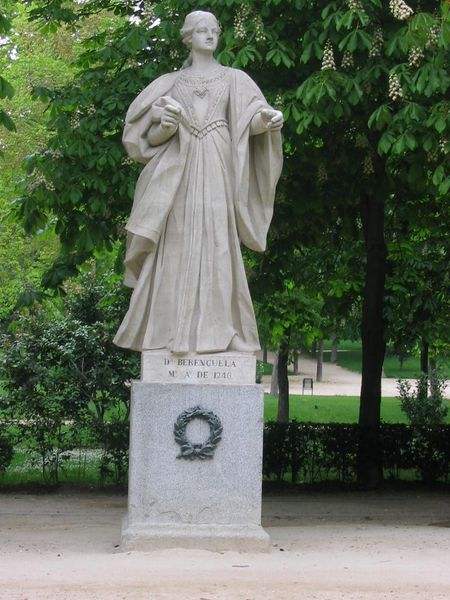
Statue of Doña Berenguela of León y Castilla at the Paseo de la Argentina in the Retiro Park in Madrid, Spain.
Close to the Queen rode Ferdinand on his white horse, so handsome that there was not many who would not acclaim him nor old lady who would not be enchanted by him. His mother, noticing how he attracted the love of the Castilian people, forgot, at least for a day, her past sufferings and her deep concerns for the future.
When they arrived, the Queen sat on the throne with Ferdinand at her right side. A herald approached Doña Berenguera’s throne, knelt, and received a parchment from her. Taking it, he walked to the side of the king-at-arms who held the banner and, blowing his trumpet, shouted three times:
“Hear ye! Hear ye! Hear ye!”
No one breathed a word on that field, which by the silence resembled a cemetery more than the market of Valladolid. Then, unrolling the parchment, he read with a resounding voice: “I, Doña Berenguera, Queen of Castile and Toledo, free and without debts, by my own will and with the approval of the noblemen and the representatives of the cities, joined by Parliament in the city of Valladolid, renounce these my kingdoms of Castile and Toledo in the person of my firstborn son, Don Ferdinand.”
All watched as she rose from the throne, made her son to sit there instead, removed the crown from her head and placed it on Ferdinand’s. The king-at-arms displayed the purple banner of Castile that floated majestically in the wind and, holding the uncovered sword in his hands, shouted:
“Castile! Castile! Castile! For King Don Ferdinand!”
“Castile for Don Ferdinand! Long live the King!” answered the voice of the people, impressive, full, impetuous and overwhelming like a torrent of water breaking its walls and flooding everything. In a triumphal cortege, they followed Ferdinand, who again mounted his white horse and departed for the Colegiata to take his oath.
With his hand on the Gospels, he swore, as had his mother that morning, to keep the laws of Castile. After the bishop severely pronounced the last words of the formula: “Rex eris si recte facis; si autem non facis, non eris,” (You will be King if you are righteous; if not, you will not be King) an ecstatic look crossed his face. He remained thus a moment. With his eyes fixed on the Crucifix on the altar, his intense gaze said to Christ: “Thou, Lord, knowest that to increase Thy kingdom and spread the cult of Thy Holy Cross is what I want.”
Sr. Maria del Carmen Fernández de Castro Cabeza, The Life of the Very Noble King of Castile and León, Saint Ferdinand III (New York: The Foundation for a Christian Civilization, Inc., 1987), 43-4.
Short Stories on Honor, Chivalry, and the World of Nobility—no. 413
